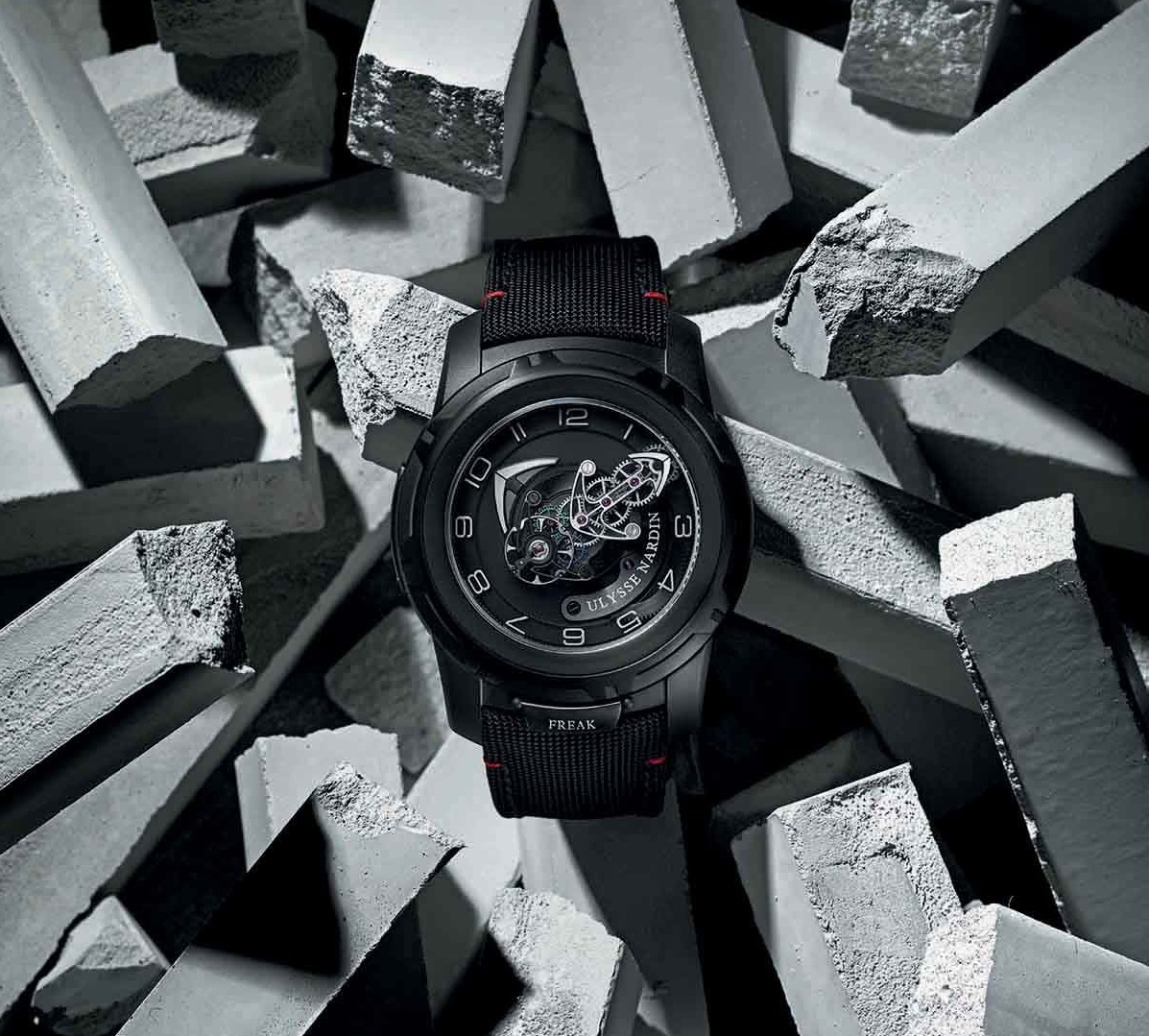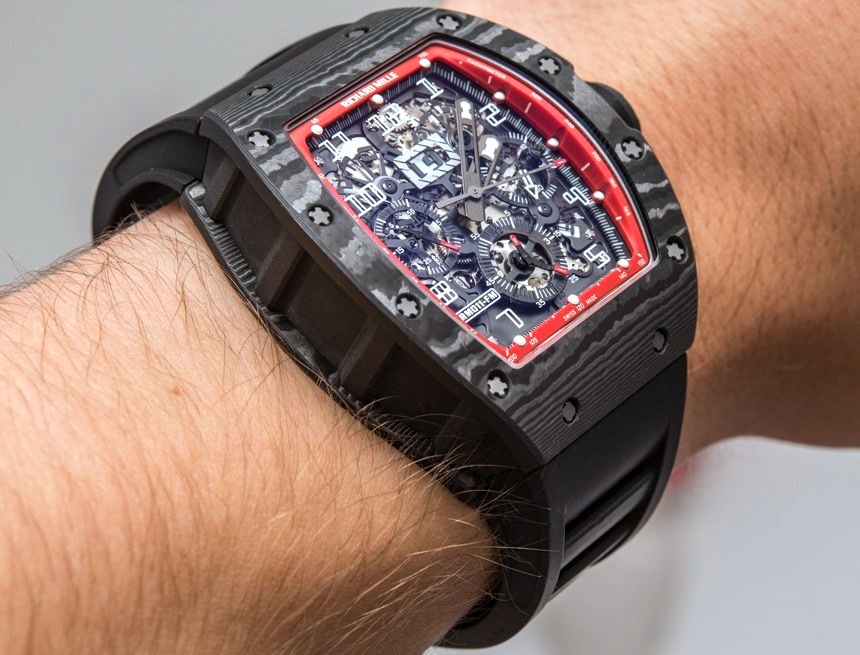
The Golden Revival era was golden because of the sheer optimism, level of investment, and prolific volume of original designs. It was a revival because many dormant or antique ideas were brought back to life and an industry that just a few years earlier was acknowledging its demise was suddenly growing again. One of the most important elements of the Golden Revival (and possibly the first sign of its eventual downfall when they left) was the presence of creative people. This is nowhere better articulated than in observing the rise of the independent luxury watchmaker. Watchmakers turned artists (or vice versa) were able to inject the unique aesthetic and technical vision in high-priced, low-volume watches being purchased for a new era of watch collector, who in many instances was new to having wealth.
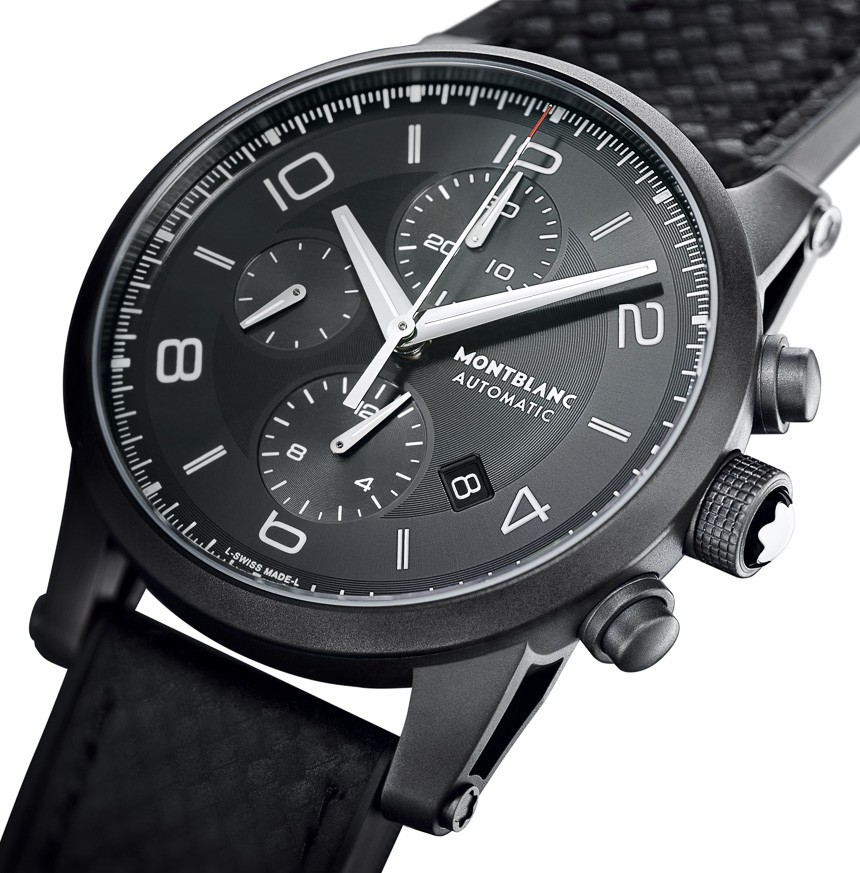
Globalization efforts starting in the 1990s, including free trade and international industrial or commercial investments, combined with investments into developing nations resulted in large volumes of “new money” laden families. One after another the luxury watch industry chased new money in Brazil, Russia, India, and China (among many other smaller regions). The watch industry was fortunate to benefit both from newly high levels of institutional investment as well as a world currently experiencing growth in a number of areas with economic bubbles being relatively common in one region of the world or another.
A major downfall of the Golden Revival’s economic outlook was how monetary decisions and expectations were formed. When large corporate groups purchased smaller and often modestly-operated watchmakers, they instituted economic expectations that demanded predictable growth. Managers were expected to sell increasingly large volumes of luxury products using untested growth models not designed to apply to a watchmaker in an era when the lay consumer did not want to buy a watch.
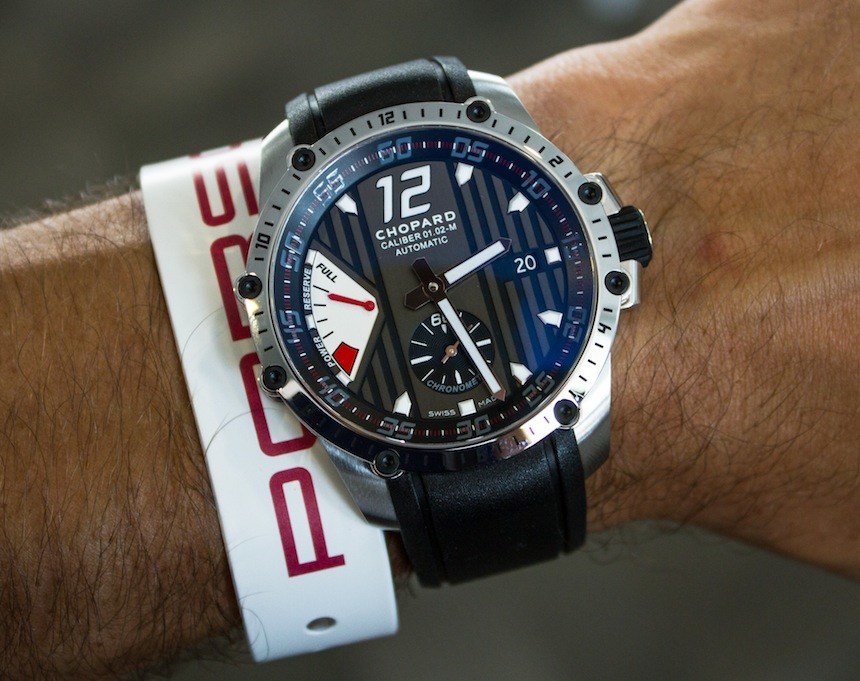
When faced with the problem of not being able to meet forecast expectations or produce models based on real data, many managers simply guessed and produced forecast expectations not based on market data (because there was none). This is one example of how the needs and expectations of large corporate owners often do not meet the needs and expectations of boutique, low-production traditional watchmakers. The resulting economic “sin” was to market a product with the promise that it was exclusive, and then producing far too many units for most of them to actually fit a consumer’s definition of exclusive. One result of producing more watches than the market could sustain was the creation of the epic gray market for discounted watches that were not sold via primary authorized dealers. For consumers, the broad availability of discounted luxury watches further eroded at the sanctity of retail price and brand value.
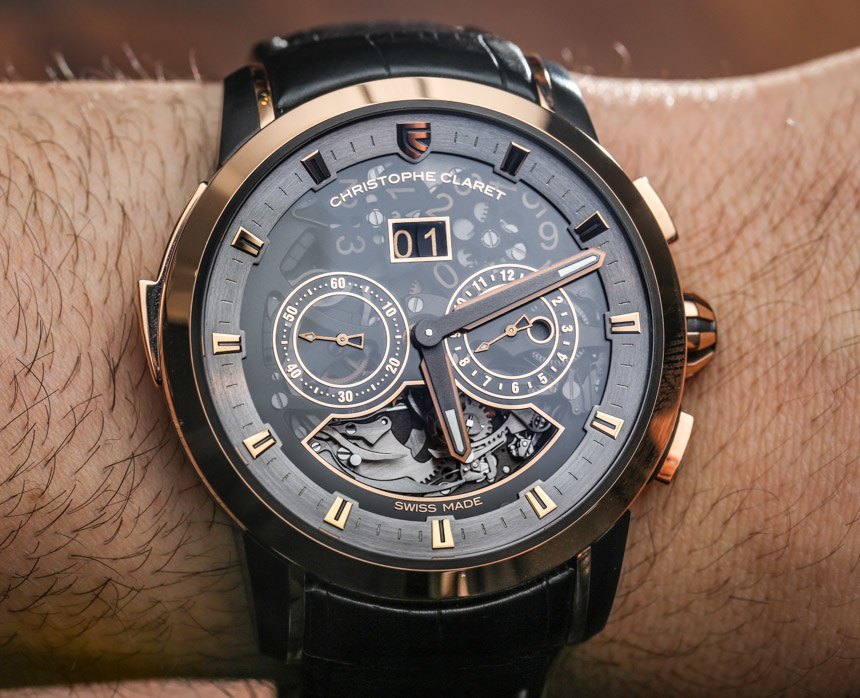
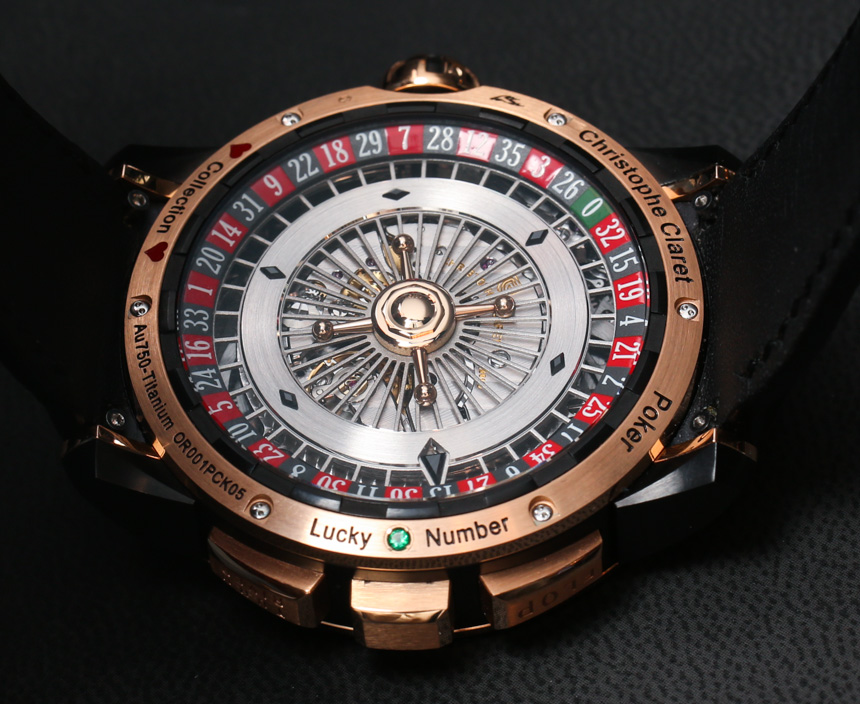
In about 2014-2015 I started to notice a massive reduction in the volume of new and ambitious timepieces produced by both the big names as well as boutique independent brand operations. Some brands altogether stopped producing some of their more expensive products to produce or develop items, and other brands realigned to doing just the opposite, which is to produce a smaller number of higher-cost goods in order to be happier selling fewer products to their network of existing clients.
It was also around this time that I started to notice the relative lack of creative talent in the watch industry. A further investigation found that in many instances, creative people leaving their positions were not being replaced, and that creative people of all types from designers to creative directors were increasingly uncommon at watch brands. For a fashion label to not have a creative director is almost unthinkable, but ironically at even some of the biggest watch brands a lack of creative force was not uncommon.
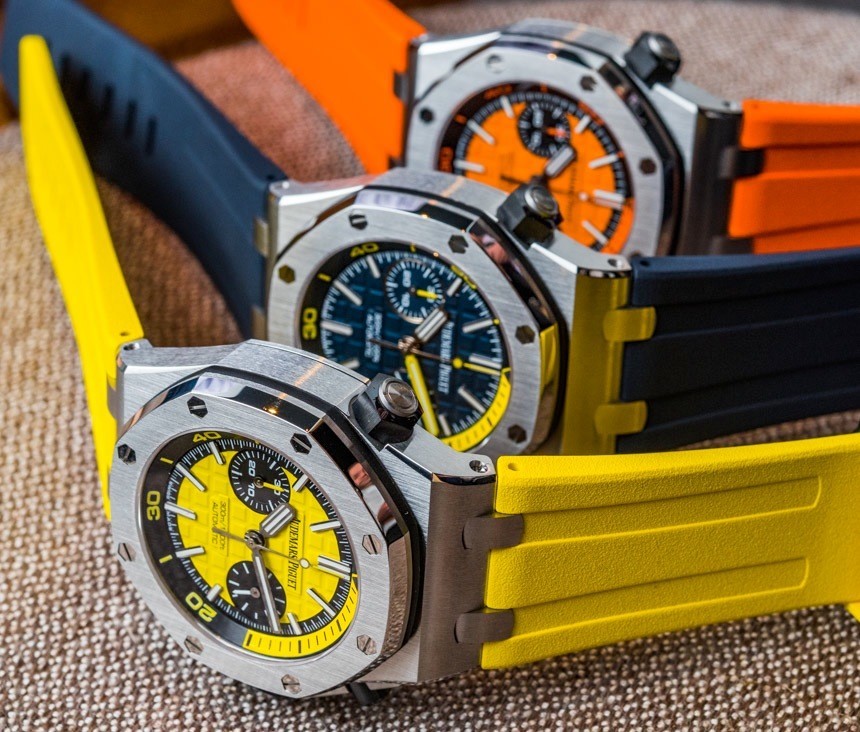
Brands without new creative effort have only their existing products and history to work off of. People familiar with the last several years of new watches will immediately recognize that many watch brands have spent more time re-releasing existing products in modified forms and putting far less effort and resources into new products. This happened first out of a lack of resources, but more specifically because the more established watch industry over the last few years has been hostile to or entirely uninteresting to creative people. The migration of creative professionals away from the watch industry was just one sign of resource consolidation and operational shrinking (downsizing).
During the height of the Golden Revival it was not uncommon for us to be presented with a massively complicated, and massively ambitious watch that didn’t seem to have a market or particular consumer it mind. It was just one creative person’s wild idea and the notion was that there was a market for it. It turns out that there was a market for it but not at the inflated prices and too-much-for-the-market-to-bear inventory levels. Even if one particular watch was produced in low enough volumes to protect exclusivity, too many other competitor watches existed without enough consumers to purchase them all.
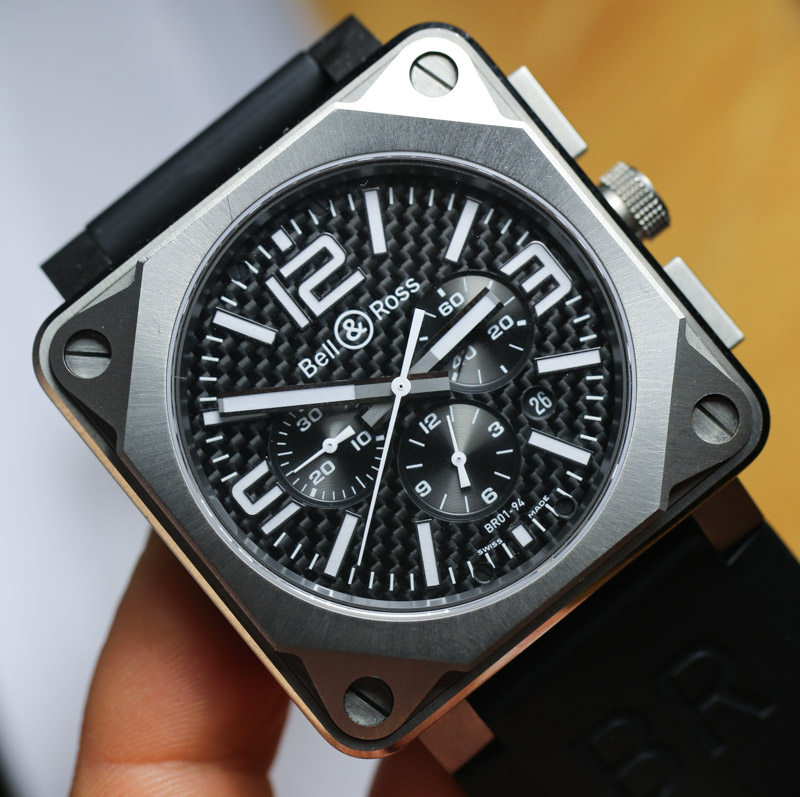
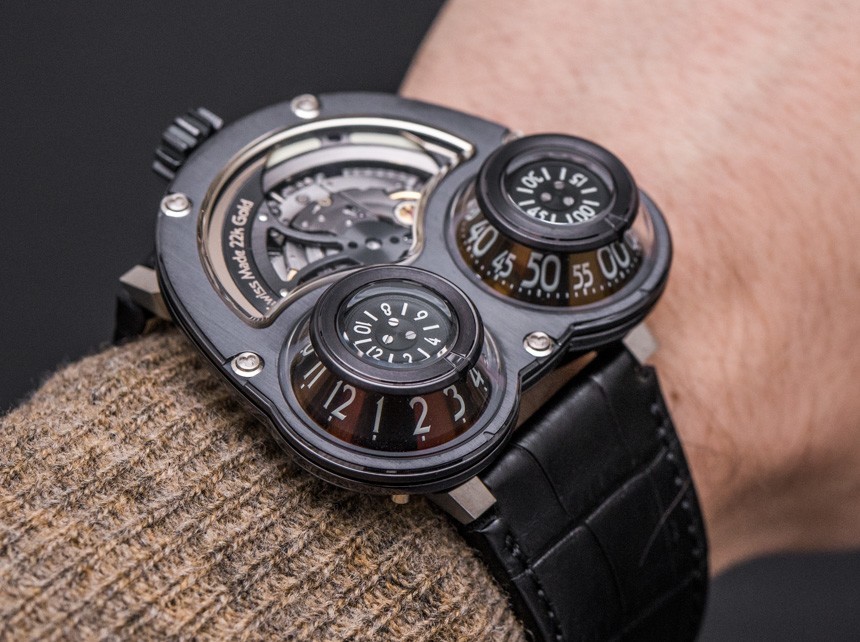
The Golden Revival era was defined by exuberant spending, exuberant expectations, and exuberant design sensibility. It produced massive volumes of products priced and styled in all sorts of ways – but with most prices starting in the several thousand dollar range. As a collector I recollect with fondness dozens of products I’d like to still own and I think this era of watches is ripe for collector attention. Especially as the “vintage” watch fad winds down as available affordable inventory is dwindling and consumer attention for the products is waning.
Golden Revival era watches range from the modestly-sized and practical of the late 1990s, to the big and bold of the early 2000s. Some of history’s most complicated watches with the most ambitious designs resulted from this era, and many unique marketing and aesthetic experiments were attempted. The point of this article was to introduce for discussion and subdivision the roughly 20-year period from the 1990s to the 2010s. It isn’t that interesting watchmaking stopped after the era-ended, but today’s watchmaking has us in a newly conservative and cautious era where the watch industry is currently in a crunch versus an expansion.

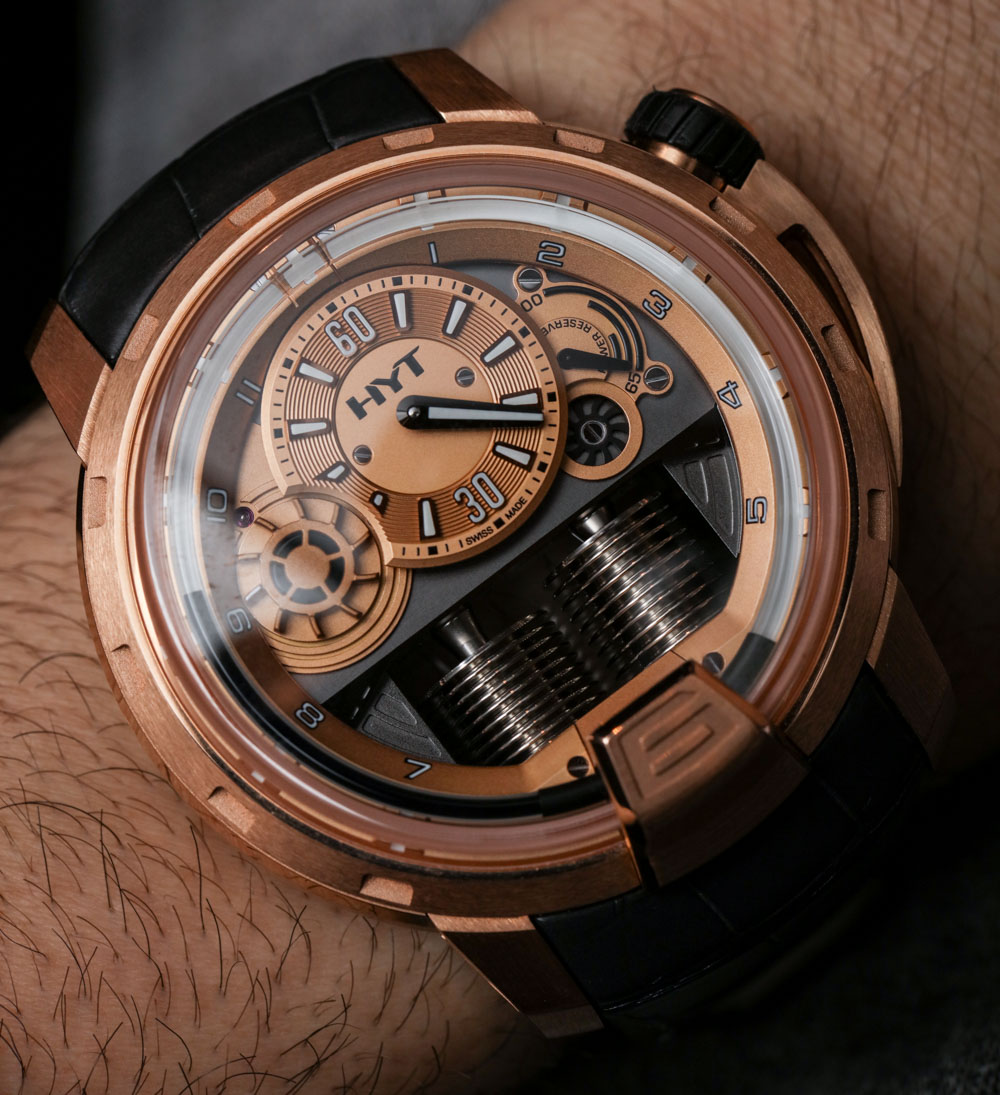
In many ways the luxury watch industry is beholden to the global economy. When there is economic growth and bubbles, the watch industry is keen to invest in products and marketing. When growth outlooks are less exciting, the industry’s industrial capacity naturally shrinks and talent often departs. Today’s luxury watch brands are for the most part all in a transitional period in an attempt to discover sustainable business practices that will carry them forward. This transitional period with its bumps and instability will naturally preclude high volumes of risk taking and thus creativity.
While I can only guess what will come next for the luxury watch industry, I can safely say the we are seeing the end of an era, one of golden expectation and an unprecedented revival in traditional concepts for new audiences and enthusiasts.

